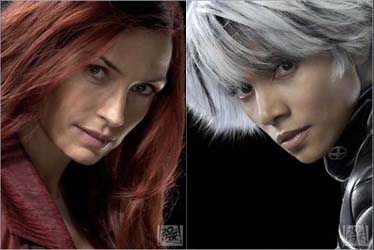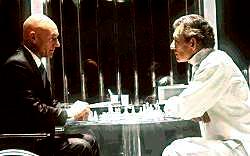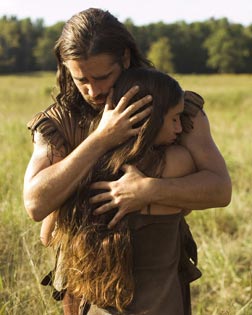This Friday I’m heading to Medgar Evers College in Brooklyn for the premiere screening of Some Place Like Home: The Fight Against Gentrification in Downtown Brooklyn, a documentary by Families United for Racial and Economic Equality. FUREE, a community organization lead by and comprised primarily of low-income women of color, has been rallying the community in a fight against the rampant development that’s going down in Downtown Brooklyn and the surrounding area. While developers, big business, and politicians alike claim they are only trying to improve the community, the development is being conducted with little care or concern for the residents and small business owners who are already there. Some Place Like Home documents the struggle of FUREE, the neighborhoods’ residents, and small businesses against the forces that are trying to push and bulldoze them out. Check out the trailer below.
If you’re in NYC, I recommend you check out the premiere if you can. It’s a fundraiser for the organization and the ticket prices will go far to support FUREE’s organizing around this and other important issues. Other FUREE projects include the Child Care Campaign, which works for better working conditions for child care providers, and their collaboration on the Fort Greene CSA, a community supported agriculture product that aims to provide affordable access to healthy, locally grown food (the CSA offers subsidized shares and accepts food stamps as payment.) And if you can’t make it to the premiere, try to catch the film otherwise – I’ve heard that FUREE is getting requests for additional screenings and may even air the film on some of the local TV stations. You can also donate to FUREE or to other organizations working to fight gentrification where you live.





